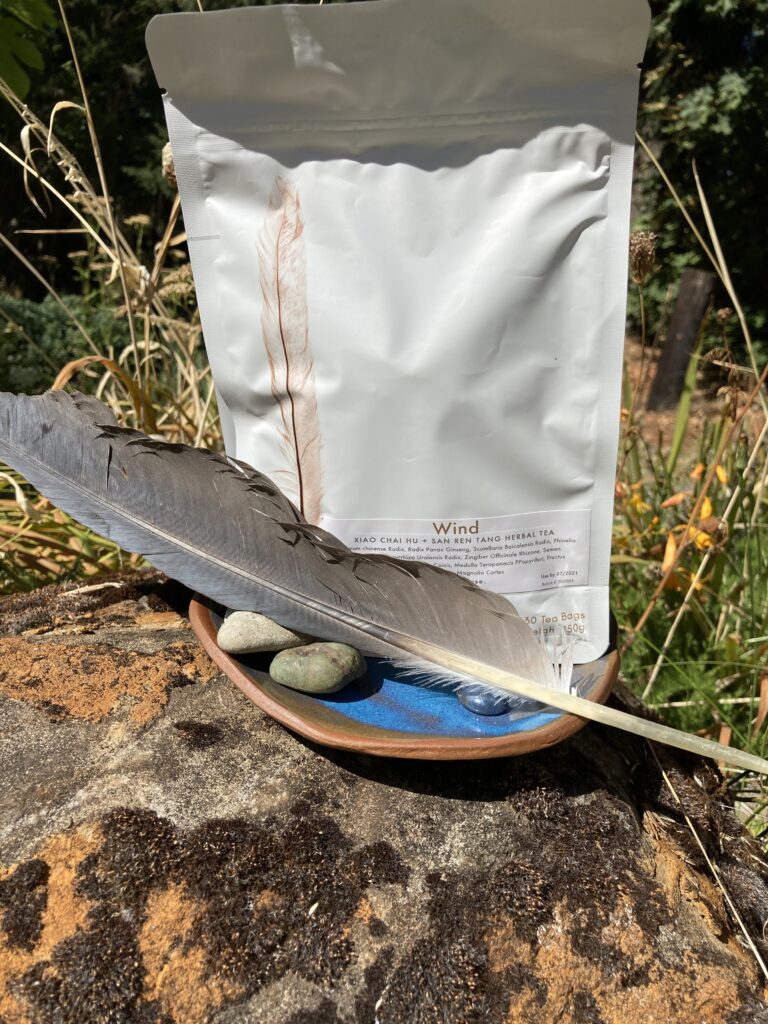What is Fibromyalgia
Fibromyalgia isn’t so much a disorder as a syndrome that currently affects around 4 million adults in the United States. Although it can hit just about anyone at any time, it’s most common in women between the ages of 20 and 50.
Fibromyalgia usually causes several types of generalized body pain, fatigue, and muscular stiffness. In some cases, these symptoms are accompanied by poor sleep, headaches, numbness or tingling, difficulty concentrating, dizziness, sensitivity to light or noise, digestive upsets and painful periods.
Because individual sufferers can manifest a range of fibromyalgia symptoms, misdiagnosis is common – especially when practitioners fail to take in the bigger picture. Unfortunately, mainstream medicine has – until very recently – either misunderstood or ignored the problem entirely. Many people suffering with Fibromyalgia feel ignored by their medical providers, blamed for overemphasizing the severity of their pain, or pushed away with psychiatric medication.
How can I free myself from fibromyalgia?
Fibromyalgia Stage 1: Freedom from Wandering Pain
Wind and Dampness: The First Pathological Factors Behind Fibromyalgia Wandering Pain
Fibromyalgia is characterized by different types of pain. According to Traditional Chinese Medicine these indicate different kinds of underlying syndromes, and can be best treated by working in stages. We often make the analogy of repairing a house damaged by storms and left to decay: if you replace the soggy carpet before repairing the roof, it will get damaged again with the next rainfall.
Relieving wandering pain, usually described as pain that affects different points on the body at varying times, is the first stage of treatment. To relieve this type of pain, Chinese Medicine focuses on removing two pathological factors: Wind and Dampness.
Biomedically speaking, the phenomena of Wind and Dampness are the results of multiple pathogens lingering in the body and working together, such as Epstein Barr Virus (EBV) reactivated by the presence of a biofilm-forming bacteria (source). Now, you might think that killing the responsible virus would eliminate the pain. But it’s not that simple—viruses like EBV aren’t really alive, at least in how we generally consider animal cells to be alive. For one thing, they don’t have all the components that make a typical cell typical. And they don’t reproduce on their own – they require our cells to do that.
So, while some viruses like Herpes Zoster or EBV – and it’s looking like SARS-CoV-2, the virus which causes long-haul COVID – can go dormant for years at a time, they never really die. They’re always lurking in the background, just waiting for the right conditions to arise which allow them to thrive again.
The conditions which allow this most easily to occur are the presence of biofilm-forming bacteria; in small amounts these are a natural part of the human microbiome; but overgrowth can lead to excessive mucus and viral reactivation.
Removing Wind and Dampness: Here’s the Tea
Our favorite way to address the first stage of Fibromyalgia treatment is with Xiao Chai Hu Tang, a formula that’s more than 2,000 years old and stars Bupleurum Chinense (Chai hu). It is the most commonly used formula in Chinese Medicine for removing lingering pathogens and expelling the Wind that causes fibromyalgia wandering pain. To power it up, we combine it with San Ren Tang to flush lymphatic fluid, transform biofilm, and begin modulating the microbiome of the GI and respiratory systems (remember this includes your skin) to a healthier profile.
Bupleurum Chinense (Chai hu) is a perennial herb native to the grasslands of China, India, Japan, Korea, and Taiwan, but the absolute highest quality is sustainably wild-crafted from Tibet. Along with a ton of beneficial saponins, Bupleurum is also associated with some fantastic pharmacological effects:
- Soothes Liver-qi stagnation
- Anti-inflammation
- Anti-cancer
- Anti-fibrosis
- Anti-hyperlipidemic
- Choleretic (promotes bile secretion)
- Digestive-enzyme promoting effects
- Immunomodulation
- Pathogen control by anti-bacterial, anti-viral, and anti-endotoxin properties
In Wind Tea, Bupleurum combines with other amazing ingredients – Scutellarie to slay bacteria, Phinelia to bust up biofilms, and ginger to warm the GI tract.
You’ve Also Got to Sweat
Plant medicines like Bupleurum inhibit the ability of a virus to enter your cells and replicate. But to take fibromyalgia pain relief to the next level, you’ve also got to sweat.
Why? Because sweating helps your body release its own anti-fungal and anti-microbial compounds dermicidin and lactoferrin (source) to keep the microbiome of your skin healthy.
Drinking hot herbal tea is an easy way to do this. But gentle physical exercise, saunas, and breath-holding will make it even more powerful.
About the Author

For more insights, collaborations, or to reach out to Brehan, you can connect with him through his online platforms:
[YouTube]
[Facebook]
[TikTok]
[LinkedIn]
Brehan Crawford, based in McMinnville, Oregon, is a distinguished clinician specializing in the treatment of chronic conditions, particularly Lyme Disease and its coinfections. After earning his Master’s degree in Acupuncture and Oriental Medicine from the Oregon College of Oriental Medicine in 2009, he deepened his expertise with a 5-year residency under the mentorship of the renowned Dr. Heiner Fruehauf at the Hai Shan Clinic. A Diplomate of Oriental Medicine from the NCCAOM, Brehan has pioneered innovative methods using Traditional Chinese Medicine for chronic infections. Known for mentoring other professionals, he regularly imparts knowledge on advanced Chinese herbal medicine applications. Beyond his clinical pursuits, Brehan enjoys singing, cooking, and hiking.








